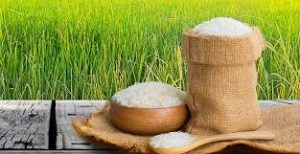Indian farmers are facing challenges to profitability as the costs of farming inputs have risen by 6.1%, which is higher than the 5.36% increase in the Minimum Support Price (MSP) for paddy, set at ₹2,300 per quintal. This rise in expenses, particularly labour costs, which make up half of production costs, threatens the profitability of the rice sector, despite achieving record production of 137.8 million tonnes in the fiscal year 2023-24.
Climate change is also flagged as a significant risk, with projections indicating a potential 20% decrease in rainfed rice yields by 2050. Although the government is implementing measures such as fortified rice programs and climate-resilient seeds to help mitigate these risks, long-term issues remain.
Regional procurement in the rice sector is dominated by Punjab and Haryana, which control most central rice procurement despite their smaller share of overall production. There is an identified potential to increase rice production by 7 million tonnes through adopted better farming practices without needing to expand cultivation areas.
Meanwhile, rice remains a crucial staple for many Indians, especially in states like Andhra Pradesh and Odisha, where it constitutes a large part of cereal consumption. Despite a rise in the Wholesale Price Index (WPI) for rice and notable demand for basmati, overall non-basmati rice exports have significantly declined due to policy changes, including an export duty. However, exports of basmati rice continue to thrive, particularly to Middle Eastern countries. (Source-Livemint)
Stay informed with the latest updates and analysis on India’s agriculture and commodity markets.
